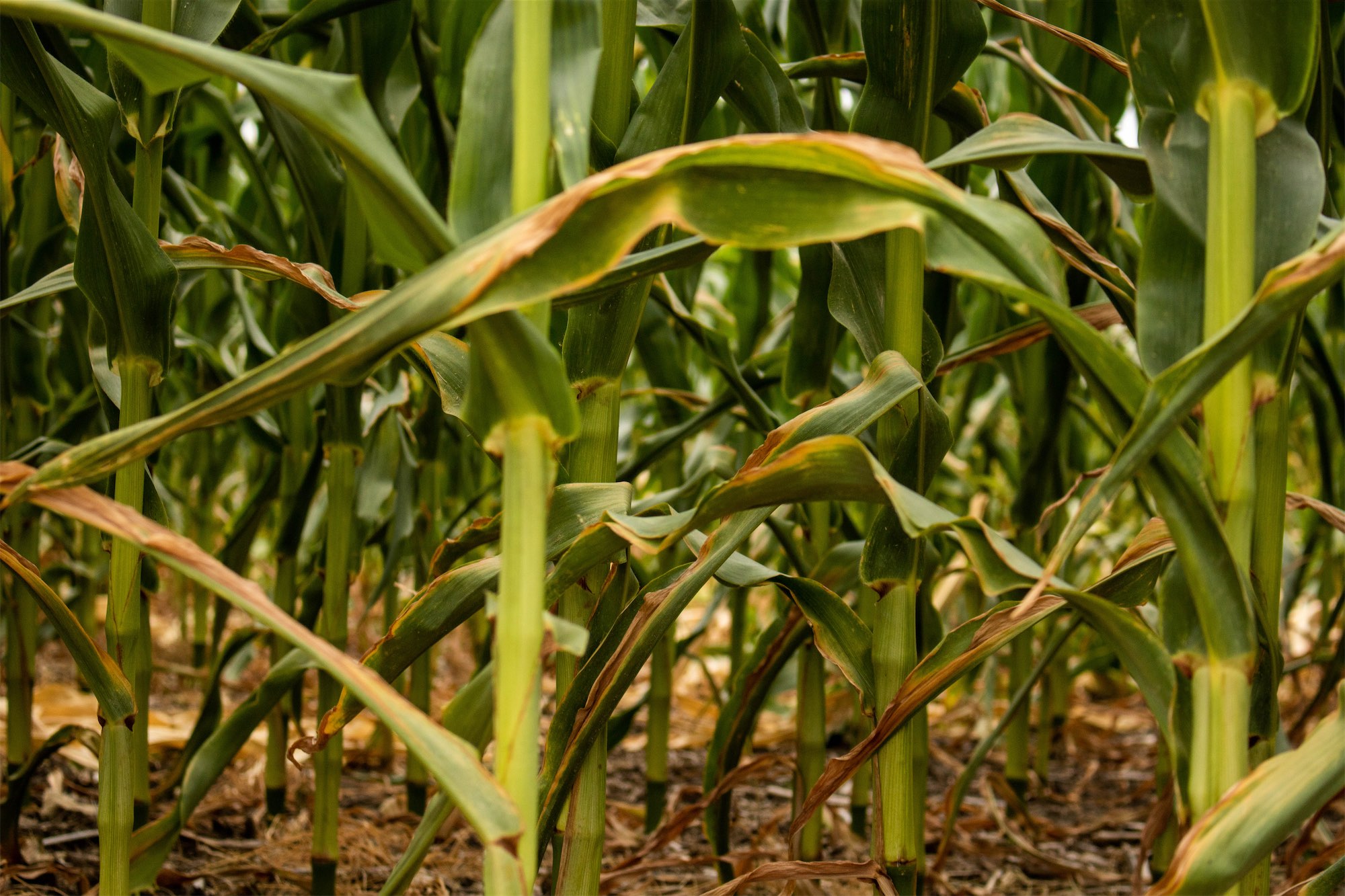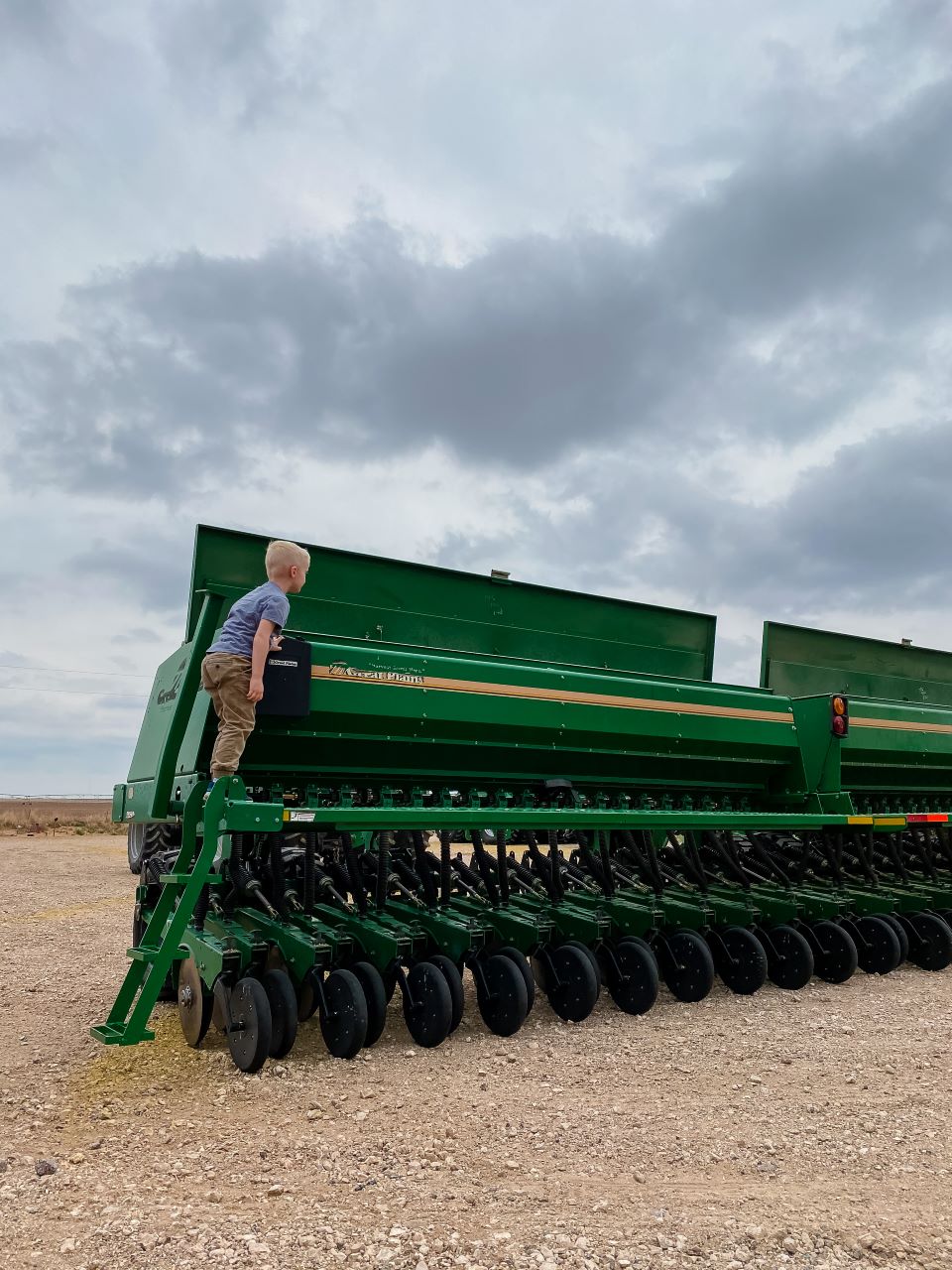Do you have questions about your food or how it’s produced? Food is an important part of our lives – it’s common to have questions. We know there’s a lot of information to sift through – and we aim to offer credible information alongside our firsthand experiences.
Choose a topic to filter the questions.
Can I trust who grows my food?
Most farms in the U.S. are owned by families – families that look a lot like your own regardless of the corner of the earth you reside. In fact, 97% of America’s farms are family owned. The remaining 3% of farms are nonfamily owned, but only 17% of those are corporations. Other types of nonfamily farms include those equally owned by unrelated business partners and those operated by a hired manager for a family of farm owners that aren’t active on the farm.
Source: U.S. Department of Agriculture
FarmingDo farmers make more money when food prices go up?
The farmer share of the price of food is not very large. Farmers receive only 14.3 cents of every $1 spent on food. The farmer then uses those funds to pay for the equipment, supplies and services it takes to grow and raise food and animals.
Source: USDA’s Economic Research Service
FarmingFood PricesWhat does a sustainable farm look like?
Every farm is unique – from climate to type of soil to the crops or animals raised and more. Fittingly, sustainability looks different on every farm. Farmers take into account their farm’s makeup to determine which management practices best conserve natural resources and benefit the environment.
FarmingFood PricesEnvironmentSustainability
What are Genetically Modified Organisms (GMOs)?
GMOs are simply technologically advanced hybrids – just like the plant hybrids farmers and gardeners have created for centuries as they grew plants. Scientists create GMOs to achieve a desired trait such as resistance to a pest or tolerance to drought conditions. GMO seeds and plants are rigorously tested by scientists, and reviewed by the Food & Drug Administration, Environmental Protection Agency and U.S. Department of Agriculture before they are marketed. Today, there are 10 crops with GMOs that are commercially available: alfalfa, Arctic apples, canola, corn (field & sweet), cotton, Innate potatoes, soybeans, sugar beets and summer squash.
Source: Food and Drug Administration
FarmingFood PricesEnvironmentSustainabilityFoodTechnologyAre animals raised for food treated humanely?
Farmers and ranchers know that when animals are well cared for, they’re healthier and more productive. These families take seriously the ethical obligation of providing the best quality care for their animals. There are several stewardship and certification programs in place to help farmers, ranchers and food processors improve the lives of the animals that depend on them. Though their farm size and production type may look vastly different, one thing farmers and ranchers have in common is a commitment to caring for their animals.
Source: Animal Ag Alliance
FarmingFood PricesEnvironmentSustainabilityFoodTechnologyAnimalsHow do I know my food is safe?
The food-production chain is closely monitored by several government agencies, including the Food and Drug Administration (FDA) and the Environmental Protection Agency (EPA), through regulations and inspections all the way from the farm to your table. Most cases of food-borne illness can be prevented with proper processing, handling and cooking to destroy bacteria that causes the illness.
Source: Center for Disease Control and Prevention
FarmingFood PricesEnvironmentSustainabilityFoodTechnologyAnimalsFoodFood SafetyShould I be worried about antibiotics in my meat?
The Food and Drug Administration (FDA) does not allow retailers to sell meat with traces of antibiotics above strict safety limits. Any antibiotics used to keep animals healthy are carefully selected and administered in accordance with industry training and principles. The FDA and U.S. Department of Agriculture’s Food Safety and Inspection Service (FSIS) regulations require a specific number of days to pass between the last antibiotic treatment the animal receives and the animal entering the food supply to ensure the antibiotics have sufficiently exited an animal’s system. The FSIS also performs scheduled, but random, testing of meat nationwide to ensure no antibiotics are present above the limits set by the FDA.
Source: Animal Ag Alliance
FarmingFood PricesEnvironmentSustainabilityFoodTechnologyAnimalsFoodFood SafetyAnimalsWhy do farmers grow GMO or biotech crops?
Plant breeding creates crops that are better able to withstand challenges while they grow, including drought, disease and insect infestations. This allows farmers to grow more quality food on less land with fewer chemicals. Ultimately, this can benefit the environment and land, with farmers able to better conserve natural resources and reduce their carbon footprint.
Source: U.S. Department of Agriculture
FarmingFood PricesEnvironmentSustainabilityFoodTechnologyAnimalsFoodFood SafetyAnimalsFarmingTechnology
Are non-organic foods safe and nutritious?
All foods – whether organic or non-organic – must meet federal and state regulations before being sold to consumers. Several U.S. government agencies, including the Food & Drug Administration (FDA) and the Environmental Protection Agency (EPA), monitor the food production chain from farm to fork. Studies have shown there is no difference in nutritional value between organic and conventional food.
Source: Mayo Clinic
FarmingFood PricesEnvironmentSustainabilityFoodTechnologyAnimalsFoodFood SafetyAnimalsFarmingTechnologyFoodOrganicsAre foods produced through plant breeding innovation safe?
Plant breeding innovation uses genome sequencing to focus on the genetic factors that produce the best plants, and it allows breeders to reach the same endpoint as through more traditional plant breeding methods (like gardeners, farmers & scientists have done for centuries), but with greater precision and efficiency. Before foods produced using plant breeding innovation come to market, they undergo extensive testing that begins very early on in the breeding process. Using time-tested, proven procedures, scientists and researchers create new plant varieties that are safe both for farmers to grow and for all of us to eat.
Source: American Seed Trade Association
FarmingFood PricesEnvironmentSustainabilityFoodTechnologyAnimalsFoodFood SafetyAnimalsFarmingTechnologyFoodOrganicsFoodTechnology





